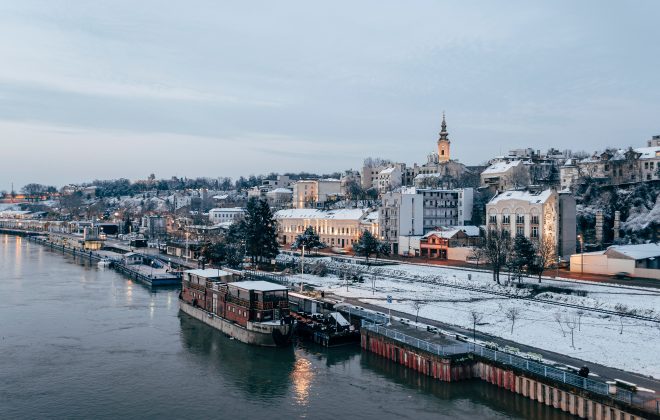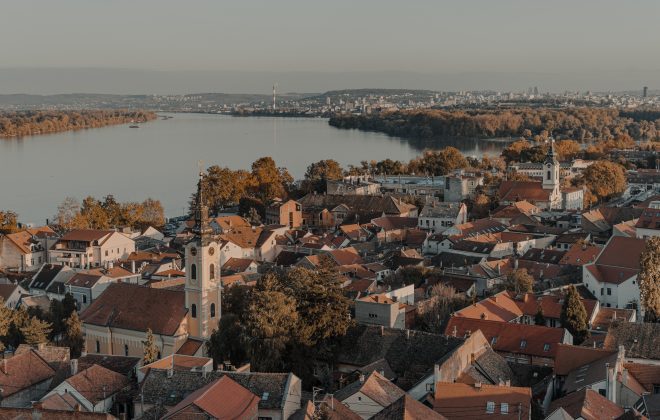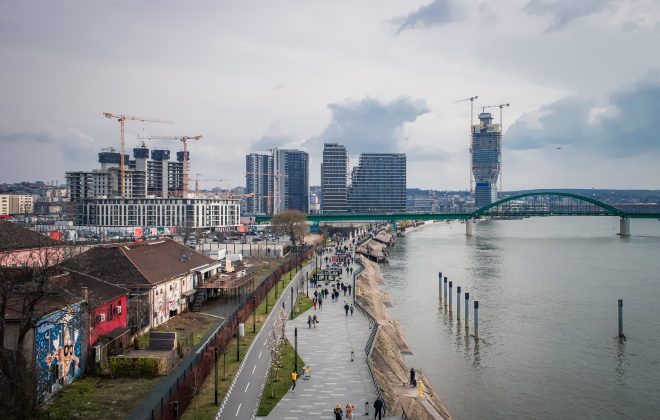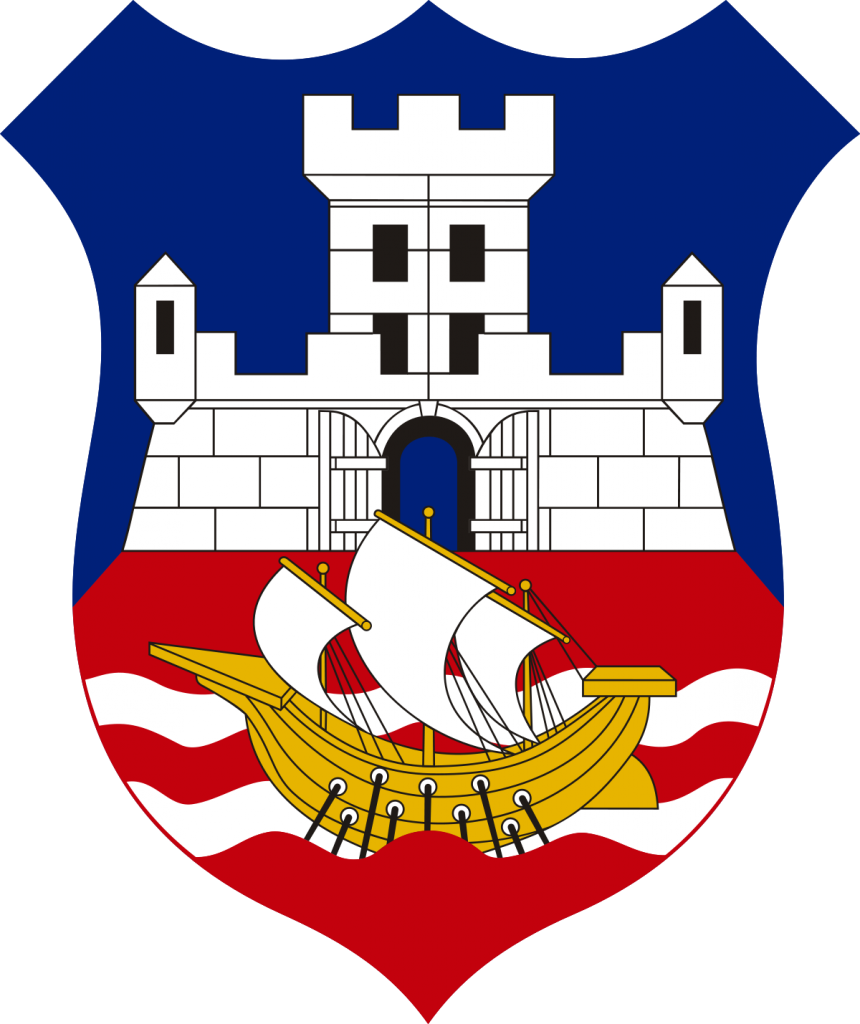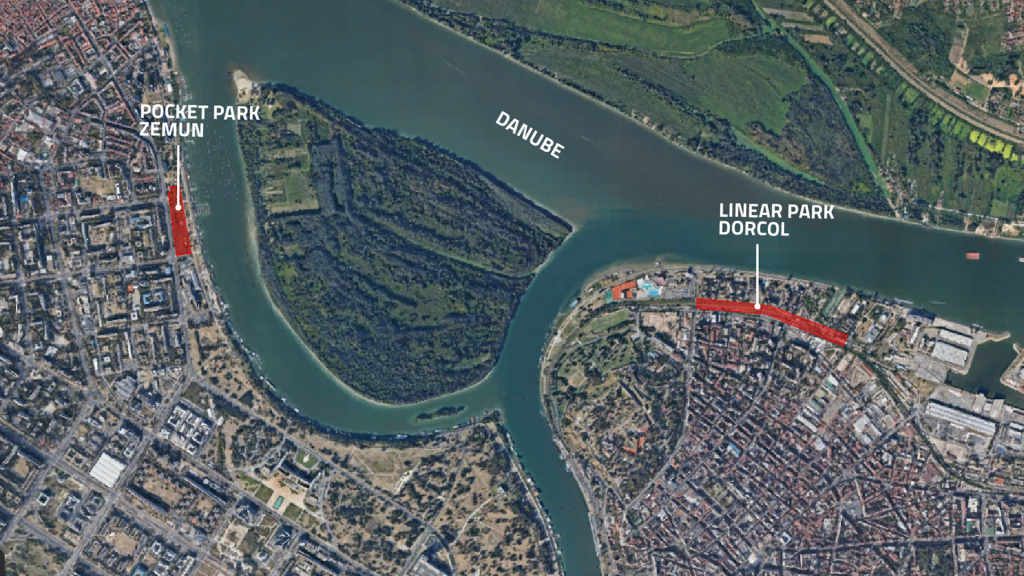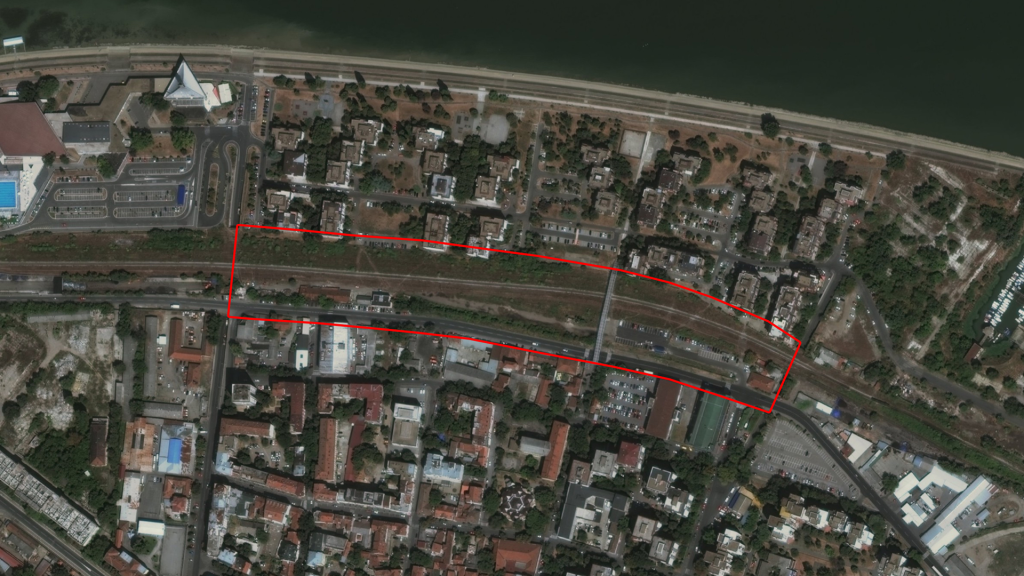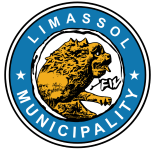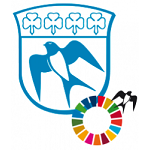MEET THE CITY
Belgrade, Serbia
Located at the confluence of the Sava and the Danube, Belgrade is one of the oldest cities in Europe and, next to Athens, the largest urban entity in the Balkans. The oldest archeological finds from its area date back to the fifth millennium BC. Members of the Celtic tribe founded Singidunum in the 3rd century BC, while the first mention of Belgrade dates from 878. Belgrade is the capital of Serbia with first-class traffic importance, significant roads, and railway hub, as well as an international river and airport and a telecommunications center.
- 3.6% of the territory of Serbia
- home to 15.8% of the population of Serbia
- employs 31.2% of all employees in Serbia
GREET THE CITY
Belgrade faces many health and social problems due to aging and incomplete infrastructure, resulting in air/water and soil pollution, noise, etc. Direct consequences are lowering PH and WB for all citizens and visitors. The estimate is that 1,700 premature deaths/year are linked to poor AQ (high PM2.5 concentrations) and UHI effects. Social issues are the high unemployment rate, brain drain, and stress-related aggressive behavior. Moreover, there are approx. 7.000 registered asylum seekers, refugees, and migrants, but even more are unregistered. Belgrade has approx. 200 km of riverfront length, easily accessible to only 300,000 inhabitants (30 km shore), leaving more than 75% of the population deprived of easy access to water, greenery, public spaces. The euPOLIS project NBS will be introduced to two demo locations:Usce Pocket Park and Line Park.

